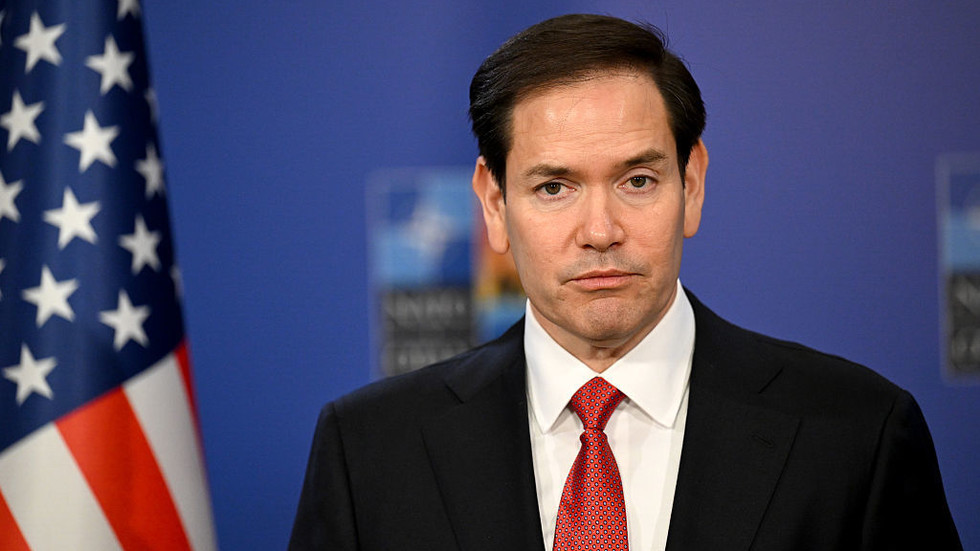Federal Reserve Chair Jerome Powell in Grand Teton National Park near Jackson Hole, Wyoming, on Aug. 22, 2025.
Natalie Behring | Getty Images News | Getty Images
Since inflation in America peaked at 9.1% in June 2022, the U.S. Federal Reserve has made controlling price increases — by keeping interest rates high — its main goal.
One consequence of tight monetary policy tends to be a slowing economy and a cooler labor market. For a while, that scenario didn't materialize, leading many to think the Fed, under chair Jerome Powell's piloting, had achieved the rare "soft landing," in which the central bank manages to dampen inflation without plunging the economy into a recession.
But that "golden path" — as the Fed's Austan Goolsbee likes to term it — is being tarnished by factors such as tariffs and a changing geopolitical landscape.
In the U.S., this has led to a rapidly cooling labor market, prompting Powell to note at Jackson Hole that the risk between high inflation and high unemployment is "shifting." In other words, the central bank might now turn its attention to supporting employment, rather than slowing price increases.
"The shifting balance of risks may warrant adjusting our policy stance," Powell said.
And then — boom! Just like that: a glimpse of a shadow of a suggestion that the Fed might start lowering interest rates again was enough to send U.S. stocks surging and Treasury yields falling on Friday.
This proves how much the Fed — and, particularly, its chair — remains the nerve center of the U.S. economy and financial markets. As analysts of antiquity put it: all roads lead to Jerome.
What you need to know today
And finally...
Michael M. Santiago | Getty Images
From American Eagle to Swatch, why brands seem to keep getting it so wrong
When actress Sydney Sweeney's jeans campaign came out last month, critics lambasted the wordplay of good "jeans" and "genes" as tone deaf with nefarious undertones.
"Modern brands are trying to navigate cultural complexity with corporate simplicity. They're using 1950s boardroom thinking to solve 2025 human problems," David Brier, brand specialist and author of "Brand intervention" and "Rich brand, poor brand," told CNBC via email.
— Karen Gilchrist











 English (US) ·
English (US) ·